Premier Rabbiteye Blueberry – 3 Gallon Pot
$58.85 Original price was: $58.85.$41.20Current price is: $41.20.
SKU: D2LSC 2458248386 Category: FRUIT TREES & PLANTS
- Get the Best for Less
- No-Questions-Asked Returns
- Effortless Shopping, Quality Products
- 7 days free returns

Premier Rabbiteye Blueberry
Vaccinum ashei ‘Premier’
NOTE: All of our fruit plants are grown in containers outdoors so they are fully rooted and landscape-ready upon arrival.
Plant Details
USDA Plant Hardiness Zones: 7a-9a Find Your Zone
Chilling Hours: 450-500 Learn more here
Ripens: Early to Mid season
Pollinators: Austin, Brightwell
Height at Maturity: 6-10′
Width at Maturity: 6-8′
Spacing: 4-6 feet for hedge; 10’+ for space between plants
Fruit Color: Light Blue
Fruit Size: Large
Fruit Size: Large
Sun Needs: Full Sun or Mostly Sun, Light Shade
Water Needs: Average
Soil Type: Rich in organic matter
Drainage/Soil Moisture: Well drained, moist
Soil pH: 4.5 – 5.5
Description
Another 1978, North Carolina State University release, Premier Rabbiteye blueberry has a very vigorous, upright growth habit, and it is known to be a heavy yielding variety with good overall disease resistance. Berries ripen early to mid-season (typically earlier than other mid-season blueberry varieties), are large in size, with a beautiful light blue color, wonderful flavor, and a dry stem scar. Premier Rabbiteye blueberry is recommended for all applications, but is especially suited for hand picking – which makes it an excellent choice for home gardeners. Premier also has attractive fall foliage that is orange-red in color.
NOTE: All of our fruit plants are grown in containers outdoors so they are fully rooted and landscape-ready upon arrival.
Growing Preferences
Blueberry plants grow best in an acidic (pH of 4.8 to 5.2), organically rich, moist, well-drained soil in full sun to part shade. The more sun the better for best berry production. The shallow, fibrous roots of blueberry plants like a consistently moist but well-drained soil which can be provided by with a layer of organic mulch. Although blueberries are self-fertile, cross-pollination produces the best fruit crop (larger berries and larger yields). Therefore it is best to plant more than one variety that will bloom at the same time. Blueberry season can be extended by planting early, mid-season and late varieties. Make sure to plant two different cultivars/varieties for each season. USDA Zones: 7b-10b Find Your Zone >
Helpful Articles
Click on a link below to find helpful advice from our experts on how to plant and care for Blueberry bushes.
How To Plant A Blueberry Bush
How To Fertilize & Water Blueberry Bushes
How To Prune A Blueberry Bush
Blueberry Varieties & Cross Pollinators
Plant Long & Prosper!
Meet The Wilson Brothers & Staff
Questions? Contact Us!
Be the first to review “Premier Rabbiteye Blueberry – 3 Gallon Pot” Cancel reply
Related products
Sale!
FRUIT TREES & PLANTS
Sale!
FRUIT TREES & PLANTS
Sale!
FRUIT TREES & PLANTS
Sale!
FRUIT TREES & PLANTS
Sale!
FRUIT TREES & PLANTS
Sale!
FRUIT TREES & PLANTS
Sale!
FRUIT TREES & PLANTS
Sale!
FRUIT TREES & PLANTS



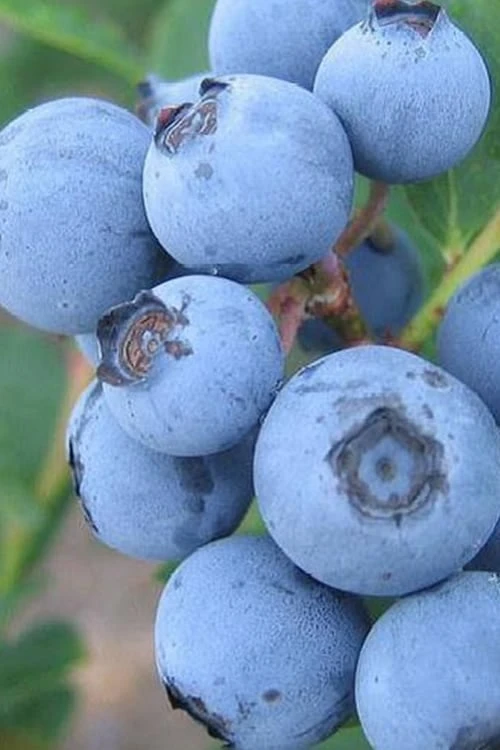







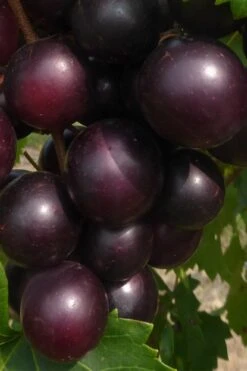

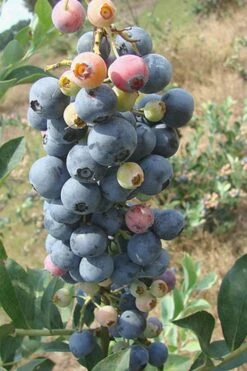


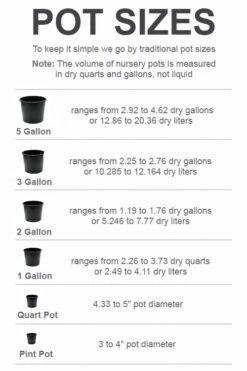

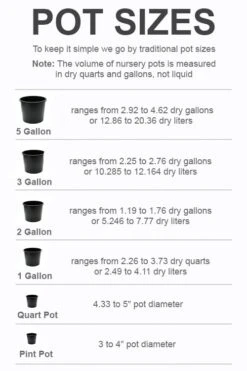

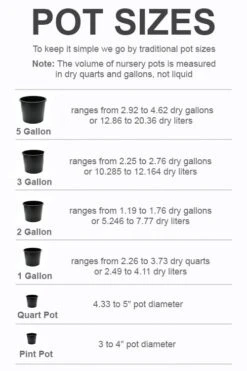
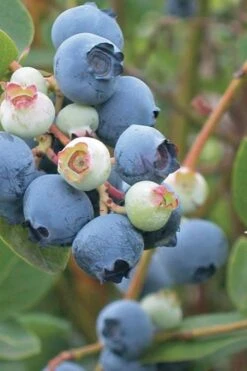


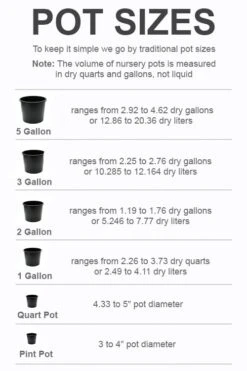
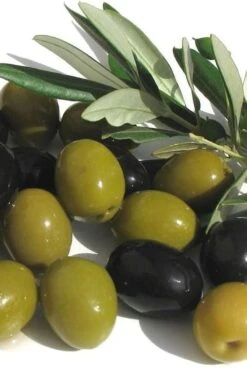
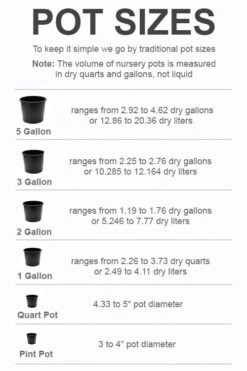
Reviews
There are no reviews yet.